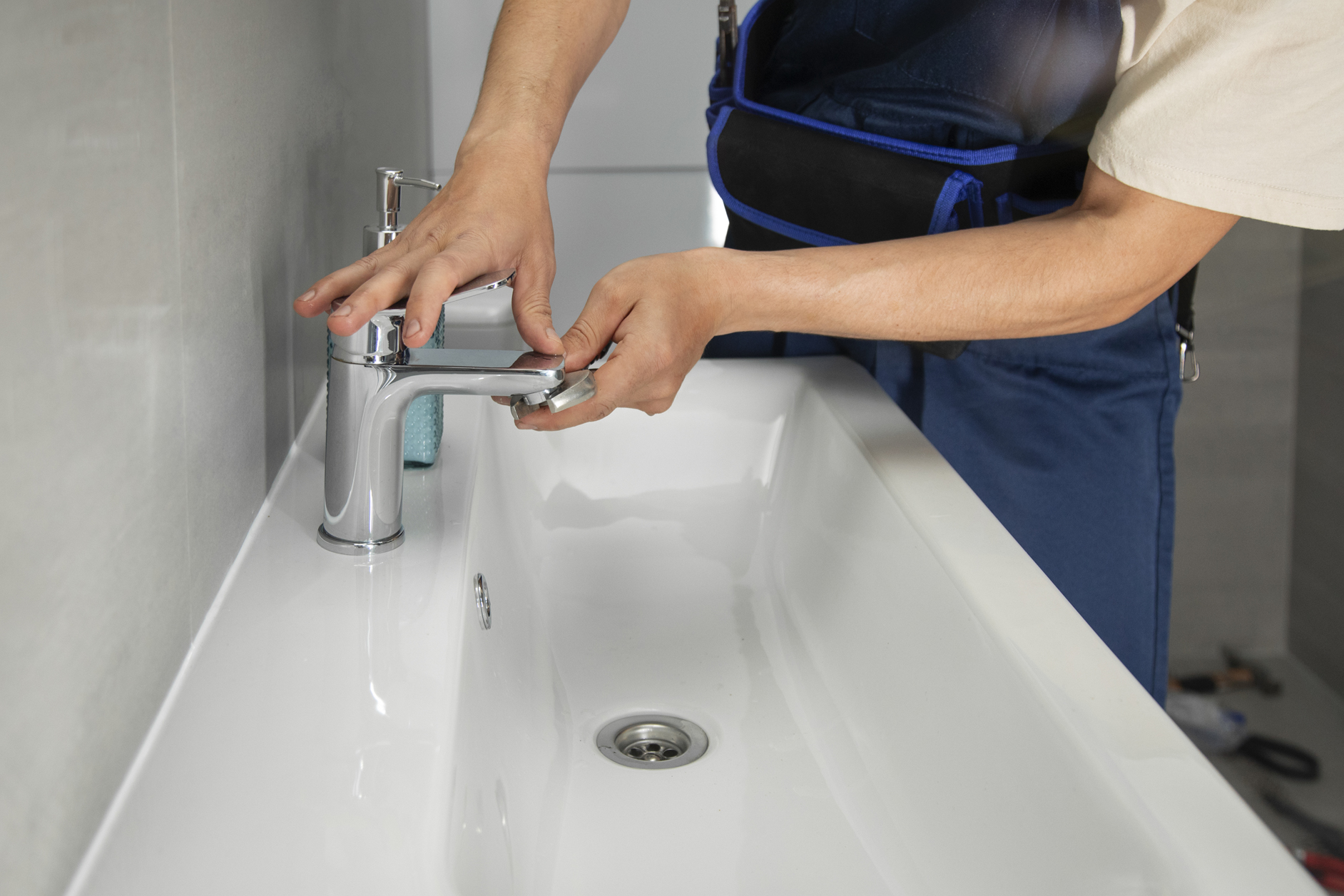
Water Line Replacement: What Stafford Residents Should Know
When your home’s water line starts leaking, cracking, or collapsing, it can create more than just an inconvenience—it can shut down your water supply and lead to major property damage. Knowing the signs of water line failure and understanding the replacement process can help you take fast, informed action.
For homeowners in Stafford, VA, where aging infrastructure and shifting soil can affect underground plumbing, water line issues aren’t uncommon. In this article, you’ll learn what causes water line damage, how to identify it, and what to expect during the replacement process.
Why Water Lines Fail
Your main water line is responsible for supplying clean, pressurized water from the public source to your home. It typically runs underground from the street to your foundation. Over time, several factors can compromise its integrity and performance.
Common causes of water line damage include:
Aging materials: Older lines made from galvanized steel or polybutylene often deteriorate or corrode
Shifting soil: Freeze-thaw cycles or construction work can shift the ground and strain pipes
Tree root intrusion: Roots naturally seek moisture and can invade cracked or weak lines
High water pressure: Constant pressure over time can wear down fittings and joints
Corrosion or mineral buildup: Hard water and old pipes accelerate internal decay
Recognizing these risk factors early can help prevent bigger issues and avoid emergency water shutoffs.
Signs You May Need Water Line Replacement
Many water line issues develop slowly and silently. Watch for these warning signs that your line may be failing:
1. Sudden Drop in Water Pressure
If your faucets are weak or inconsistent, especially in multiple rooms, your main line may be leaking or clogged.
2. Wet Spots or Soggy Areas in the Yard
Water pooling in unexpected areas—especially when it hasn’t rained—is a red flag. It usually means water is escaping from a break below the surface.
3. Unexplained Increase in Water Bills
Higher monthly bills without an increase in water usage can point to a hidden underground leak.
4. Discolored or Rusty Water
If your water has a yellow or brown tint, it may indicate corrosion inside the water line.
5. Cracks in the Foundation or Driveway
Water from a damaged line can shift or erode soil under your foundation, leading to structural issues.
If you notice any of these signs, it’s best to call a licensed plumber for a diagnostic inspection before the issue worsens.
What to Expect During Water Line Replacement
Water line replacement can seem intimidating, but a reputable plumber will guide you through the process. Here's how it typically works:
Step 1: Inspection and Diagnosis
A plumber uses methods like pressure testing or camera inspection to confirm the damage and pinpoint its location.
Step 2: Replacement Planning
Depending on the severity and location of the damage, your plumber will determine whether full replacement or a targeted section repair is best. They’ll also explain whether traditional trenching or trenchless replacement is appropriate.
Step 3: Permitting and Utilities
The plumbing company will obtain local permits and contact utility marking services to ensure safety before any digging begins.
Step 4: Excavation or Trenchless Method
Trenching involves digging up the old pipe and installing a new one along the same path
Trenchless (if eligible) pulls a new pipe through the old one with minimal surface disruption
Step 5: Connection and Testing
The new line is connected to your home and the main water supply, then pressure tested to ensure safe, leak-free operation.
Step 6: Cleanup and Restoration
After installation, the area is cleaned up, and landscaping or concrete is restored as needed.
Should You Choose Trenchless Replacement?
In many Stafford neighborhoods, trenchless water line replacement is a faster, cleaner alternative to traditional excavation—especially in tight spaces, driveways, or finished yards.
Pros of trenchless replacement:
Minimal digging and mess
Shorter project time
Less disruption to landscaping and hardscape
Durable materials like HDPE or PEX that resist corrosion
However, not all properties or pipe conditions are eligible. Your plumber will assess your situation and recommend the most effective method.
Conclusion
Water line issues aren’t something homeowners can afford to ignore. Whether it’s an unexplained spike in your water bill or soft spots forming in your yard, small signs can lead to big problems if left unaddressed.
Stafford residents dealing with aging infrastructure, root intrusion, or leaking pipes should know that replacement doesn’t have to be overwhelming. With professional guidance and modern solutions like trenchless installation, restoring your home’s water service can be fast, safe, and stress-free.
If you suspect a problem with your main water line, now is the time to schedule an inspection with a trusted local plumbing expert. Acting early can save you thousands in damage and keep your home’s plumbing system reliable for years to come.